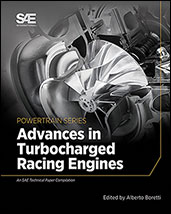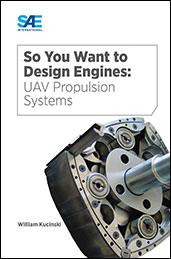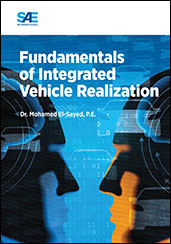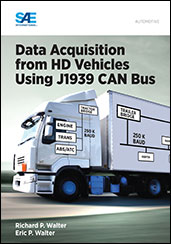Book

Honda R&D Technical Review October 2019
2019-10-01
Honda R&D Technical Review is a periodical containing research papers related to Honda R&D Center activities worldwide that cover automobile, motorcycle, power products, aircraft engine, and other fundamental technologies. Honda Motor offers a book for October 2019 issue with 103 pages containing 11 papers focusing on the following latest topics: Application of Modular Design Technology to Consumer-use General Purpose Engine Prediction Technology for Thermal Mechanical Fatigue Strength of Cylinder Head Technology to Boost CVT Fuel Efficiency through Series Connection of Mechanical and Electric Oil Pumps



















